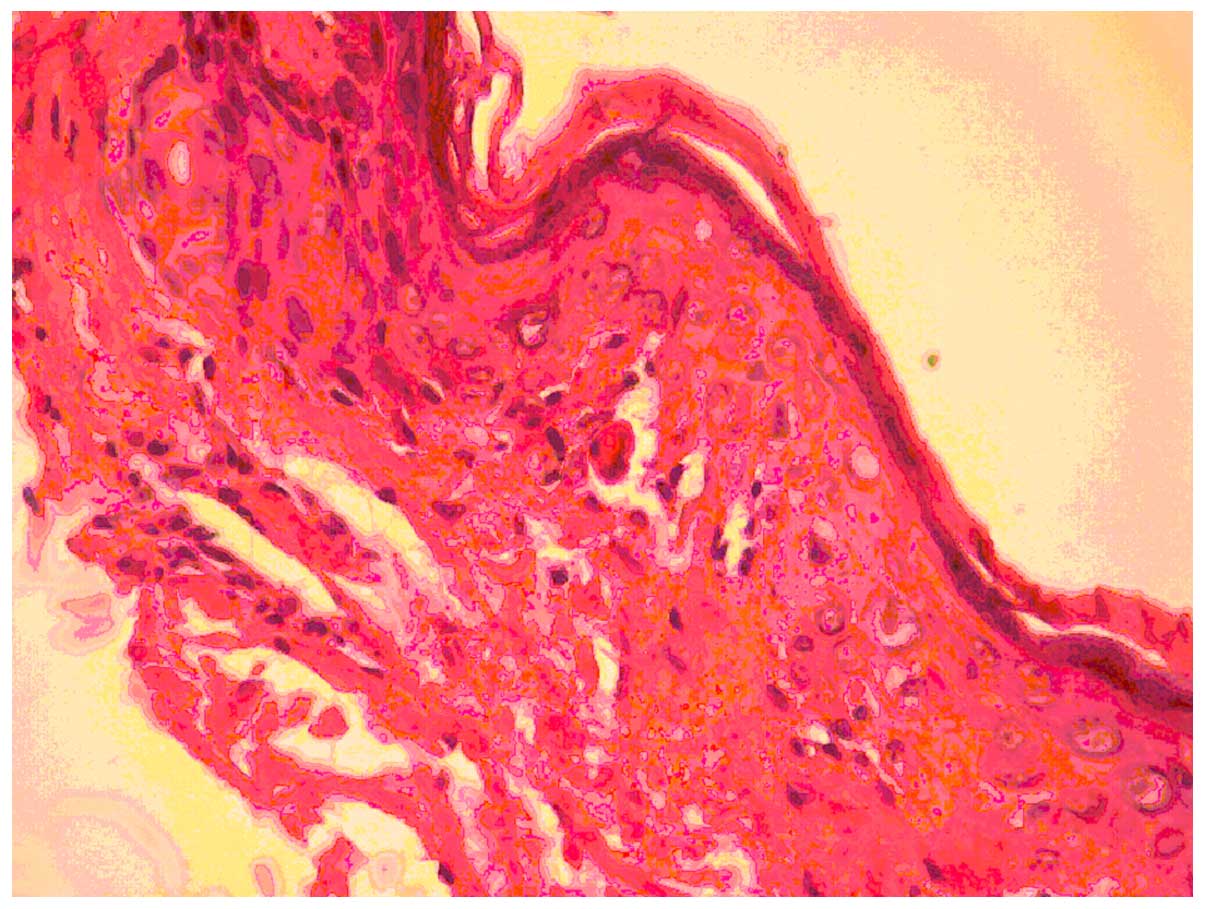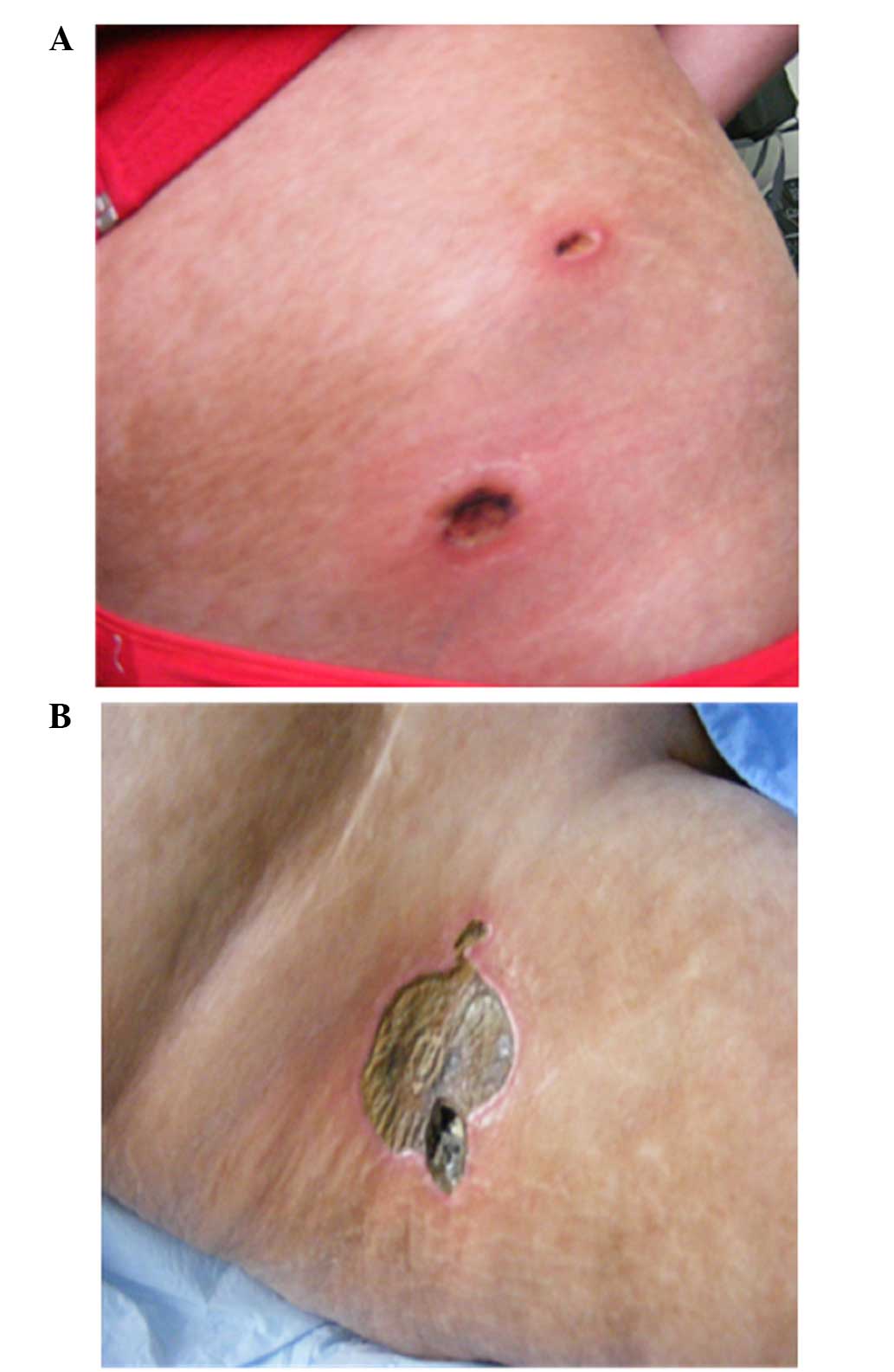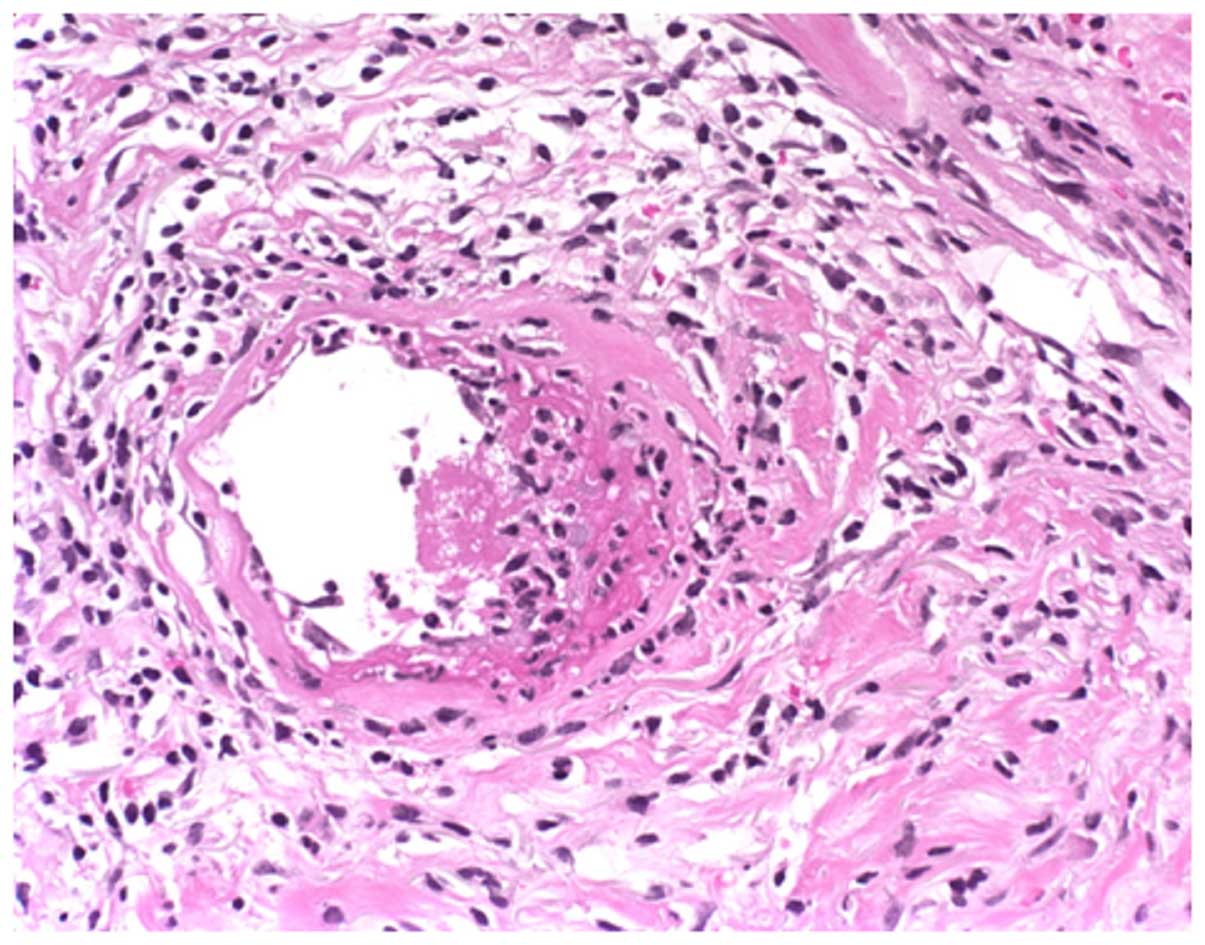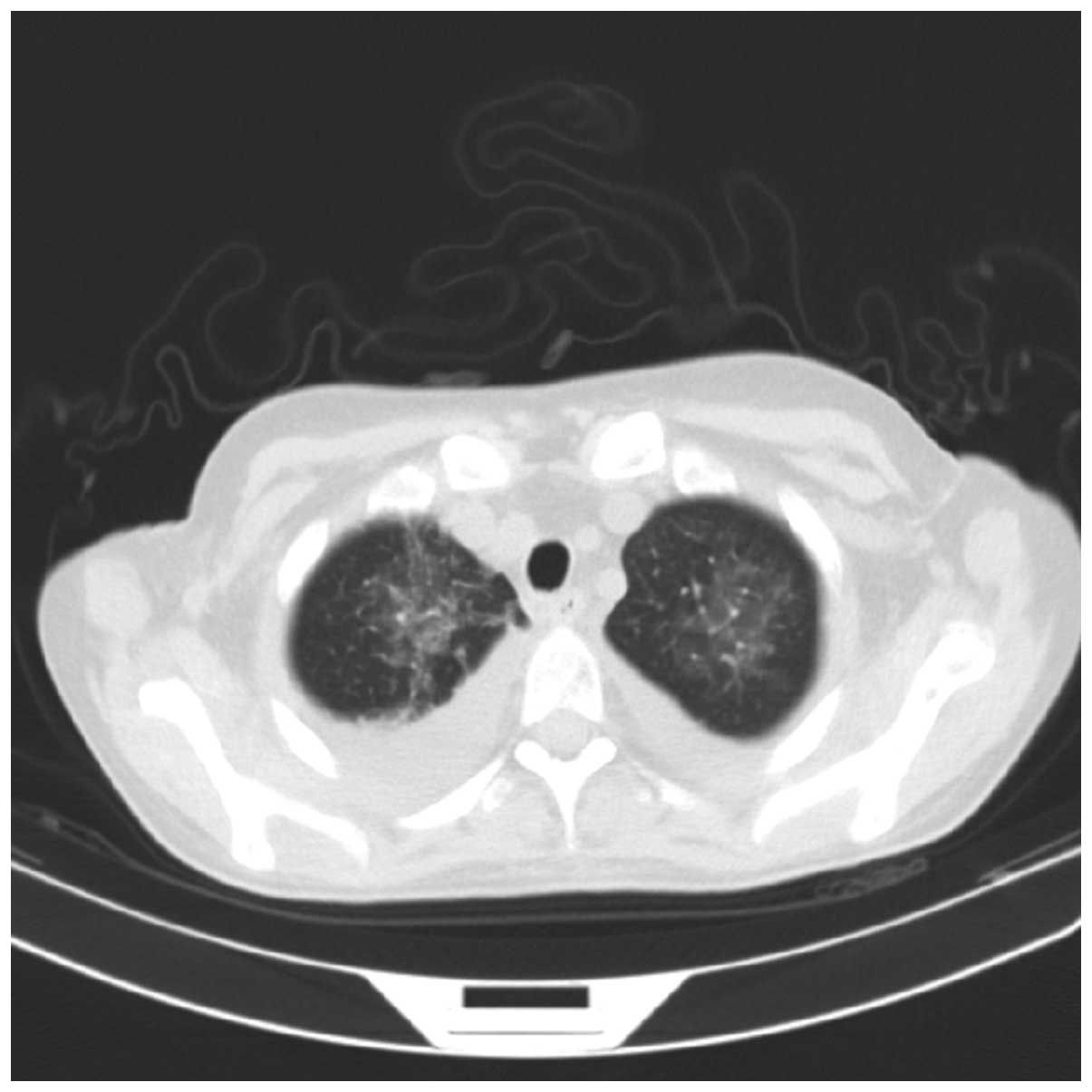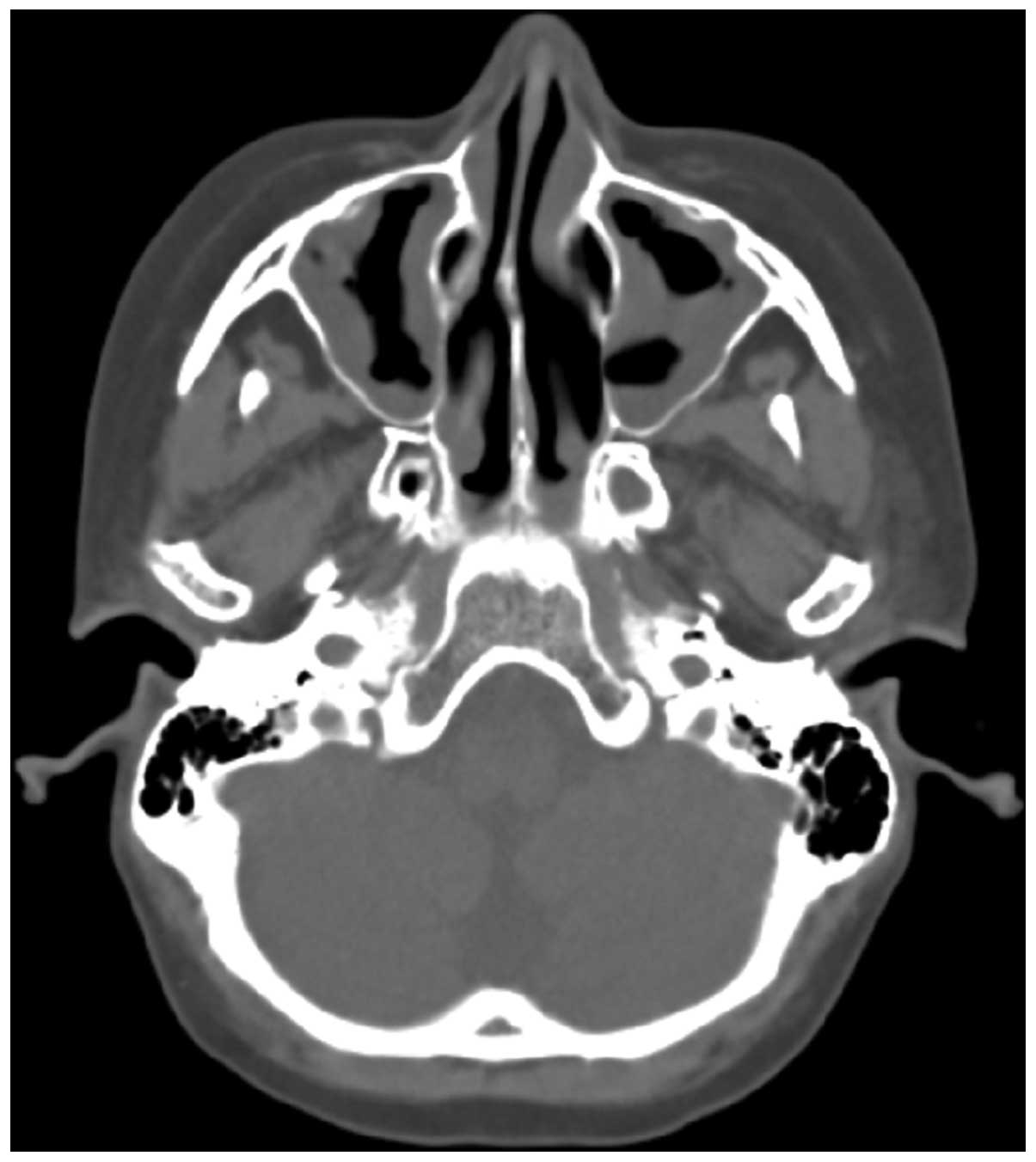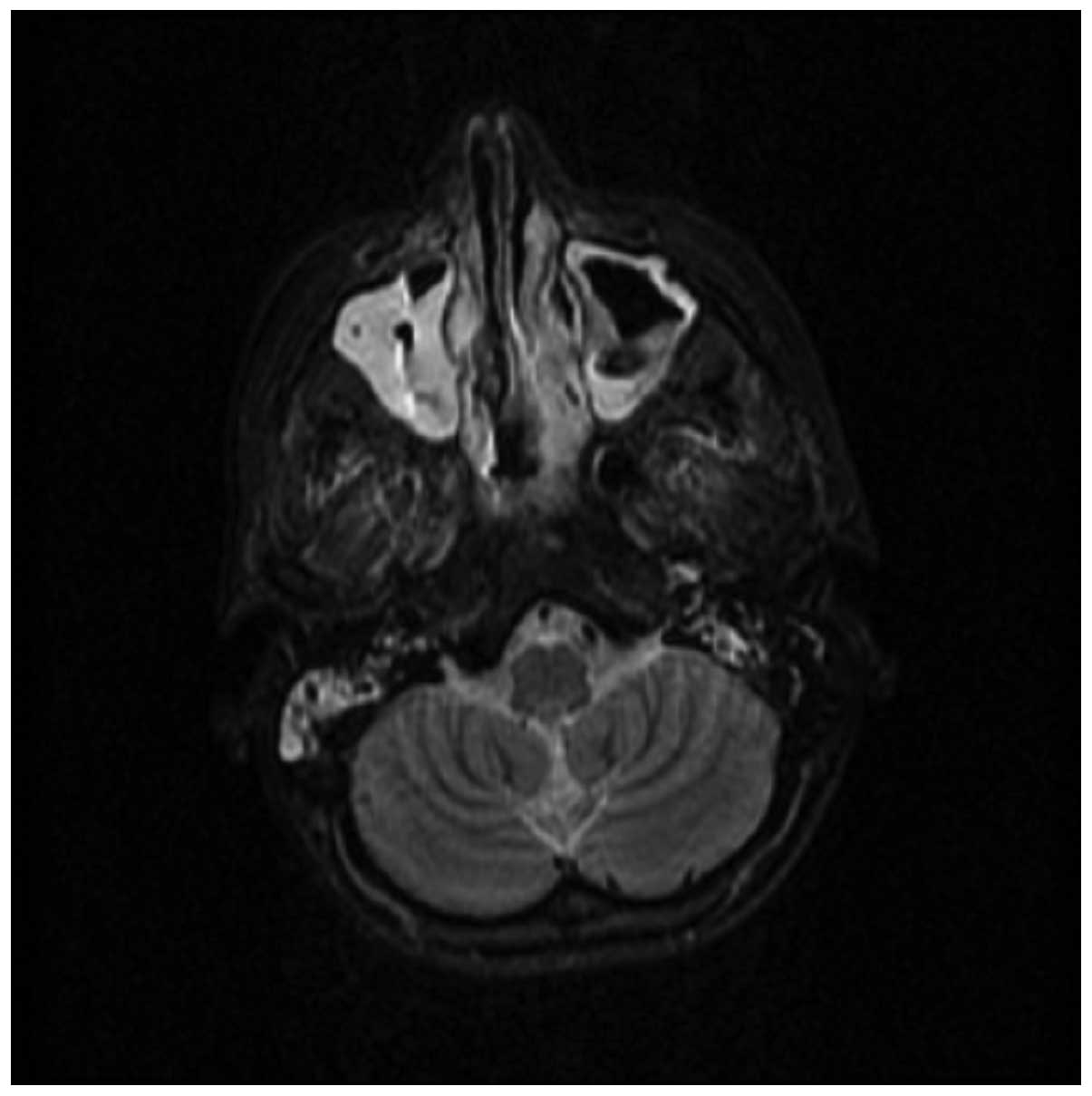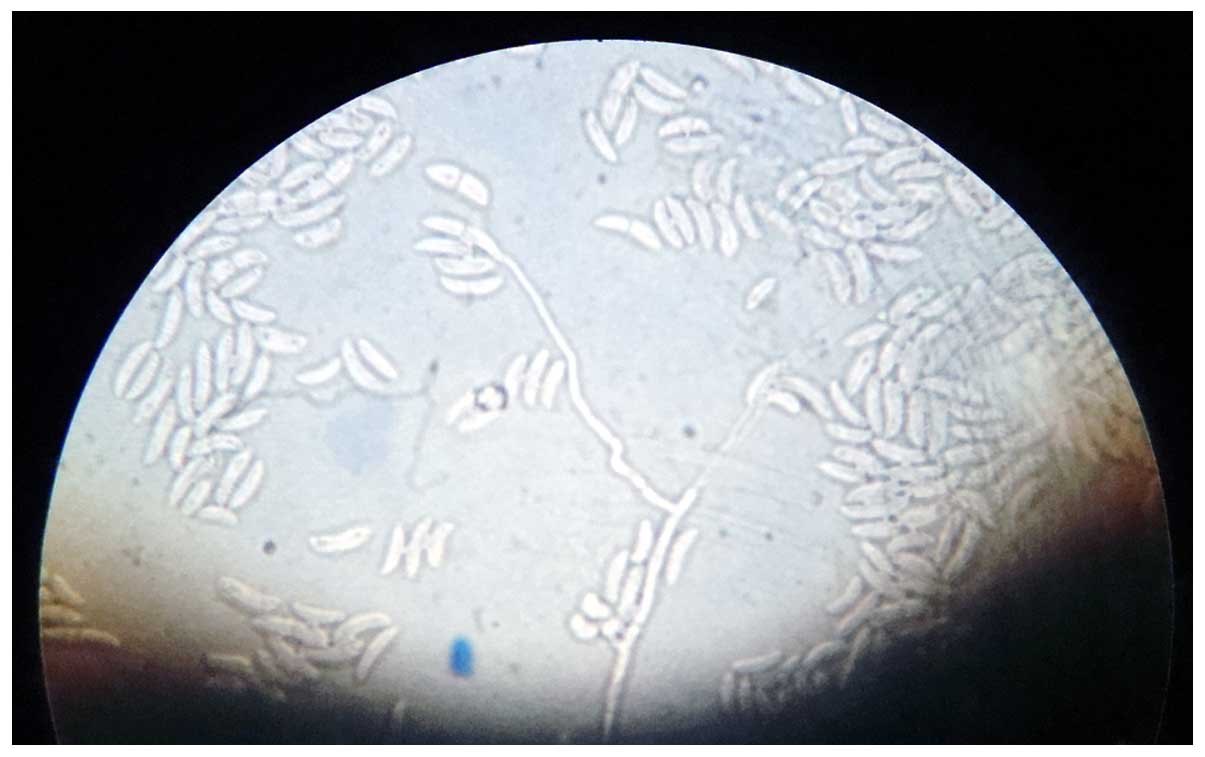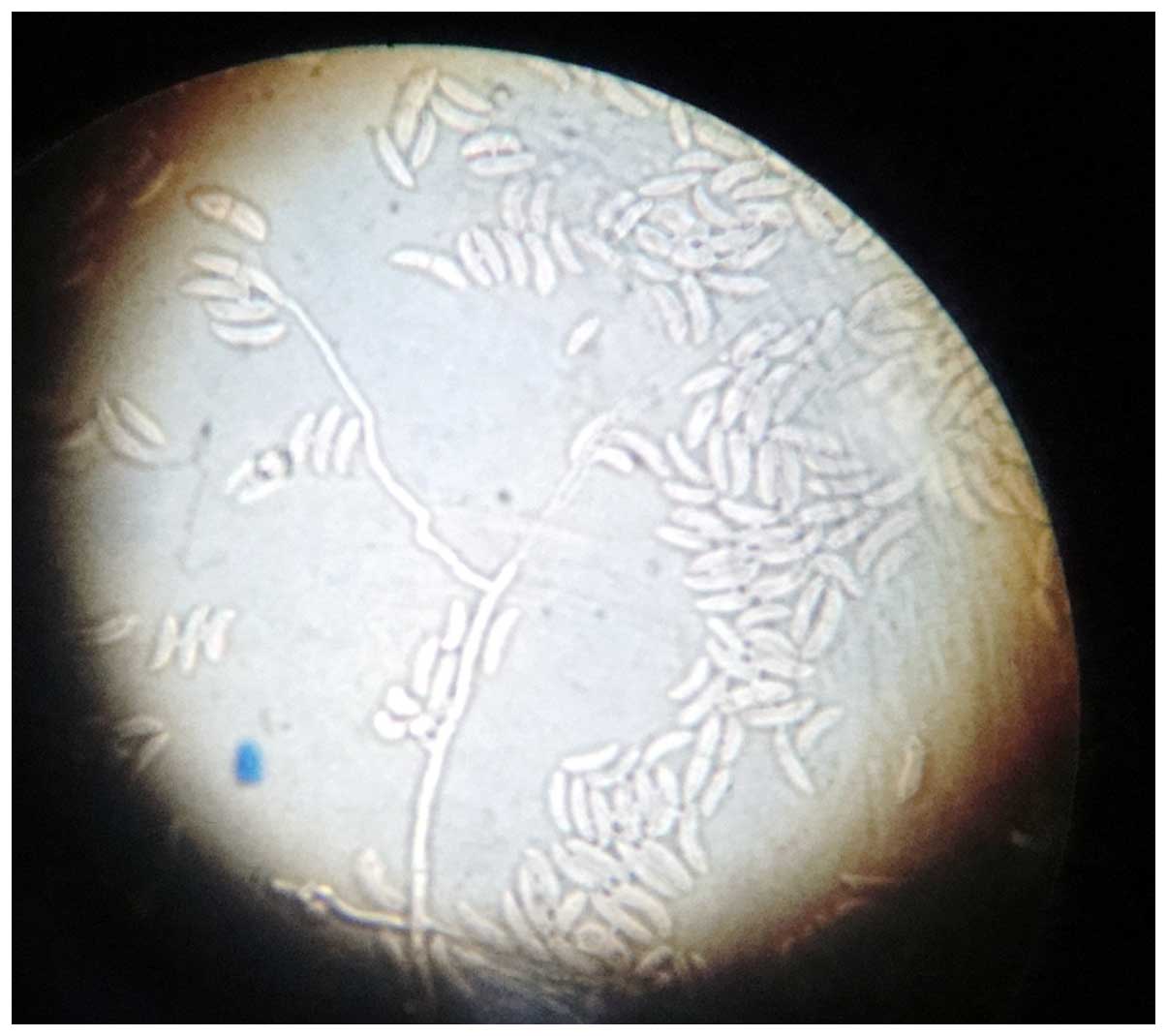|
1
|
Nucci M, Marr KA, QueirozTelles F, Martins
CA, Trabasso P, Costa S, Voltarelli JC, Colombo AL, Imhof A,
Pasquini R, et al: Fusarium infection in hematopoietic stem cell
transplant recipients. Clin Infect Dis. 38:1237–1242. 2004.
View Article : Google Scholar : PubMed/NCBI
|
|
2
|
Marr KA, Carter RA, Crippa F, Wald A and
Corey L: Epidemiology and outcome of mould infections in
hematopoietic stem cell transplant recipients. Clin Infect Dis.
34:909–917. 2002. View
Article : Google Scholar : PubMed/NCBI
|
|
3
|
Galimberti R, Torre AC, Baztán MC and
Rodriguez-Chiappetta F: Emerging systemic fungal infections. Clin
Dermatol. 30:633–650. 2012. View Article : Google Scholar : PubMed/NCBI
|
|
4
|
Campo M, Lewis RE and Kontoyiannis DP:
Invasive fusariosis in patients with hematologic malignancies at a
cancer center: 1998-2009. J Infect. 60:331–337. 2010. View Article : Google Scholar : PubMed/NCBI
|
|
5
|
Stanzani M, Tumietto F, Vianelli N and
Baccarani M: Update on the treatment of disseminated fusariosis:
Focus on voriconazole. Ther Clin Risk Manag. 3:1165–1173.
2007.PubMed/NCBI
|
|
6
|
Filipovich AH, Weisdorf D, Pavletic S,
Socie G, Wingard JR, Lee SJ, Martin P, Chien J, Przepiorka D,
Couriel D, et al: National Institutes of Health consensus
development project on criteria for clinical trials in chronic
graft-versus-host disease: I. Diagnosis and staging working group
report. Biol Blood Marrow Transplant. 11:945–956. 2005. View Article : Google Scholar : PubMed/NCBI
|
|
7
|
Girmenia C, Pagano L, Corvatta L, Mele L,
del Favero A and Martino P: The epidemiology of fusariosis in
patients with haematological diseases. Gimema Infection Programme.
Br J Haematol. 111:272–276. 2000. View Article : Google Scholar : PubMed/NCBI
|
|
8
|
Minor RL Jr, Pfaller MA, Gingrich RD and
Burns LJ: Disseminated Fusarium infections in patients following
bone marrow transplantation. Bone Marrow Transplant. 4:653–658.
1989.PubMed/NCBI
|
|
9
|
Jain A, Jain S and Rawat S: Emerging
fungal infections among children: A review on its clinical
manifestations, diagnosis, and prevention. J Pharm Bioallied Sci.
2:314–320. 2010. View Article : Google Scholar : PubMed/NCBI
|
|
10
|
Clemons KV, Calich VL, Burger E, Filler
SG, Grazziutti M, Murphy J, Roilides E, Campa A, Dias MR, Edwards
JE Jr, et al: Pathogenesis I: Interactions of host cells and fungi.
Med Mycol. 38(Suppl 1): S99–S111. 2000. View Article : Google Scholar
|
|
11
|
Kontoyiannis DP, Bodey GP, Hanna H, Hachem
R, Boktour M, Girgaway E, Mardani M and Raad II: Outcome
determinants of fusariosis in a tertiary care cancer center: The
impact of neutrophil recovery. Leuk Lymphoma. 45:139–141. 2004.
View Article : Google Scholar : PubMed/NCBI
|
|
12
|
Nucci M, Anaissie EJ, QueirozTelles F,
Martins CA, Trabasso P, Solza C, Mangini C, Simões BP, Colombo AL,
Vaz J, et al: Outcome predictors of 84 patients with hematologic
malignancies and Fusarium infection. Cancer. 98:315–319. 2003.
View Article : Google Scholar : PubMed/NCBI
|
|
13
|
Short DP, O'Donnell K, Zhang N, Juba JH
and Geiser DM: Widespread occurrence of diverse human pathogenic
types of the fungus Fusarium detected in plumbing drains. J Clin
Microbiol. 49:4264–4272. 2011. View Article : Google Scholar : PubMed/NCBI
|
|
14
|
Pitt JI: Toxigenic fungi: Which are
important? Med Mycol. 38(Suppl 1): S17–S22. 2000. View Article : Google Scholar
|
|
15
|
Perfect JR: The impact of the host on
fungal infections. Am J Med. 125(Suppl): S39–S51. 2012. View Article : Google Scholar : PubMed/NCBI
|
|
16
|
Muhammed M, Coleman JJ, Carneiro HA and
Mylonakis E: The challenge of managing fusariosis. Virulence.
2:91–96. 2011. View Article : Google Scholar : PubMed/NCBI
|
|
17
|
DePauw B, Walsh TJ, Donnelly JP, Stevens
DA, Edwards JE, Calandra T, Pappas PG, Maertens J, Lortholary O,
Kauffman CA, et al: European Organization for Research and
Treatment of Cancer/Invasive Fungal Infections Cooperative Group;
National Institute of Allergy and Infectious Diseases Mycoses Study
Group (EORTC/MSG) Consensus Group: Revised definitions of invasive
fungal disease from the European Organization for Research and
Treatment of Cancer/Invasive Fungal Infections Cooperative group
and the National Institute of Allergy and Infectious Diseases
Mycoses Study Group (EORTC/MSG) Consensus Group. Clin Infect Dis.
46:1813–1821. 2008. View
Article : Google Scholar : PubMed/NCBI
|
|
18
|
Hayden RT, Isotalo PA, Parrett T, Wolk DM,
Qian X, Roberts GD and Lloyd RV: In situ hybridization for the
differentiation of Aspergillus, Fusarium, and Pseudallescheria
species in tissue section. Diagn Mo Pathol. 12:21–26. 2003.
View Article : Google Scholar
|
|
19
|
Leal SM Jr, Vareechon C, Cowden S, Cobb
BA, Latgé JP, Momany M and Pearlman E: Fungal antioxidant pathways
promote survival against neutrophils during infection. J Clin
Invest. 122:2482–2498. 2012. View
Article : Google Scholar : PubMed/NCBI
|
|
20
|
Walsh TJ, Francesconi A, Kasai M and
Chanock SJ: PCR and single-strand conformational polymorphism for
recognition of medically important opportunistic fungi. J Clin
Microbiol. 33:3216–3220. 1995.PubMed/NCBI
|
|
21
|
Hennequin C, Abachin E, Symoens F, Lavarde
V, Reboux G, Nolard N and Berche P: Identification of Fusarium
species involved in human infections by 28S rRNA gene sequencing. J
Clin Microbiol. 37:3586–3589. 1999.PubMed/NCBI
|
|
22
|
Pfaller MA, Messer SA, Hollis RJ and Jones
RN: SENTRY Participants Group: Antifungal activities of
posaconazole, ravuconazole, and voriconazole compared to those of
itraconazole and amphotericin B tested against 239 clinical
isolates of Aspergillus spp. and other filamentous fungi: Report
from the SENTRY antimicrobial surveillance program, 2000.
Antimicrob Agents Chemother. 46:1032–1037. 2002. View Article : Google Scholar : PubMed/NCBI
|
|
23
|
Nucci M and Anaissie E: Cutaneous
infection by Fusarium species in healthy and immunocompromised
hosts: Implications for diagnosis and management. Clin Infect Dis.
35:909–920. 2002. View
Article : Google Scholar : PubMed/NCBI
|
|
24
|
Bodey GP, Boktour M, Mays S, Duvic M,
Kontoyiannis D, Hachem R and Raad I: Skin lesions associated with
Fusarium infection. J Am Acad Dermatol. 47:659–666. 2002.
View Article : Google Scholar : PubMed/NCBI
|
|
25
|
Segal BH, Almyroudis NG, Battiwalla M,
Herbrecht R, Perfect JR, Walsh TJ and Wingard JR: Prevention and
early treatment of invasive fungal infection in patients with
cancer and neutropenia and in stem cell transplant recipients in
the era of newer broad-spectrum antifungal agents and diagnostics
adjuncts. Clin Infect Dis. 44:402–409. 2007. View Article : Google Scholar : PubMed/NCBI
|
|
26
|
Anaissie EJ, Kuchar RT, Rex JH,
Francesconi A, Kasai M, Müller FM, Lozano-Chiu M, Summerbell RC,
Dignani MC, Chanock SJ and Walsh TJ: Fusariosis associated with
pathogenic Fusarium species colonization of a hospital water
system: A new paradigm for the epidemiology of opportunistic mold
infections. Clin Infect Dis. 33:1871–1878. 2001. View Article : Google Scholar : PubMed/NCBI
|
|
27
|
Raad I, Tarrand J, Hanna H, Albitar M,
Janssen E, Boktour M, Bodey G, Mardani M, Hachem R, Kontoyiannis D,
et al: Epidemiology, molecular mycology, and environmental sources
of Fusarium infection in patients with cancer. Infect Control Hosp
Epidemiol. 23:532–537. 2002. View
Article : Google Scholar : PubMed/NCBI
|
|
28
|
Dannaoui E, DesnosOllivier M,
GarciaHermoso D, Grenouillet F, Cassaing S, Baixench MT, Bretagne
S, Dromer F and Lortholary O: French Mycoses Study Group: Candida
spp. with acquired echinocandin resistance, France, 2004-2010.
Emerg Infect Dis. 18:86–90. 2012. View Article : Google Scholar : PubMed/NCBI
|
|
29
|
Ho DY, Lee JD, Rosso F and Montoya JG:
Treating disseminated fusariosis: Amphotericin B, voriconazole or
both? Mycoses. 50:227–231. 2007. View Article : Google Scholar : PubMed/NCBI
|















